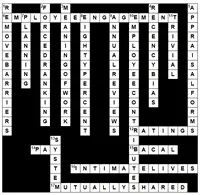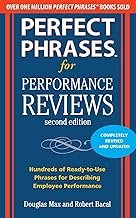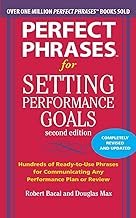Rank and Yank - Fallacy #2 - Ignoring the Difference Between Incompetent and Less Competent
Rank and yank success depends on the ability to identify your least competent and valuable employees, and your ability to replace the least valuable with potentially more valuable new employees drawn from the pool of available people to hire. But it's more complex. It's not enough to drop the least valuable. You must drop the significantly least valuable. If you don't you simply end up shuffling employees that are, in effect, very similar in value, without improving your company. Here's an example.
Let's say you have 10 employees who sell real estate, and you yank and rank system dictates that you drop the lowest 20% each year based on employee ratings. Let's assume, for simplicity sake, that you base your decisions only on yearly sales figures (that's a dumb way to do it but it helps us see the problem).
You have employees with the following sales figures:
- $200,000
- $175,000
- $174,000
- $150,000
- $149,000
- $148,000
- $147,000
- $143,000
- $142,000
- $141,000
Your rank and yank system tells you that you must drop two people, in this case the salespeople who sold $141,000 and $142,000. Your intent is to replace them (hire two new people) who you believe will have the potential to sell more than that. But here's the catch. While you dump the two lowest, you keep people who are "insignificantly better" -- keeping people at $143,000 and above.
The difference between those you keep and those you yank are, for all intents and purposes, insignificant in terms of your company's health. So, you end up releasing employees who are no different from those you keep, particularly if you consider that your "measurement system" is going to be somewhat imperfect and be subject to measurement errors. yet, your costs to yank employees and replace them remains constant.
Now, of course if your new hires end up selling a million dollars each, and they replace the fired employees, you'll have a big gain. But the chances of that happening are slim, and depend on a host of different factors, such as the effectiveness of your recruitment strategies, selection expertise, and so on.
The long and short of it is that a system that requires you to drop a certain percentage of employees will result in losing employees that may not be significantly worse than those you keep. But you still pay the transitioning costs of firing and hiring.




